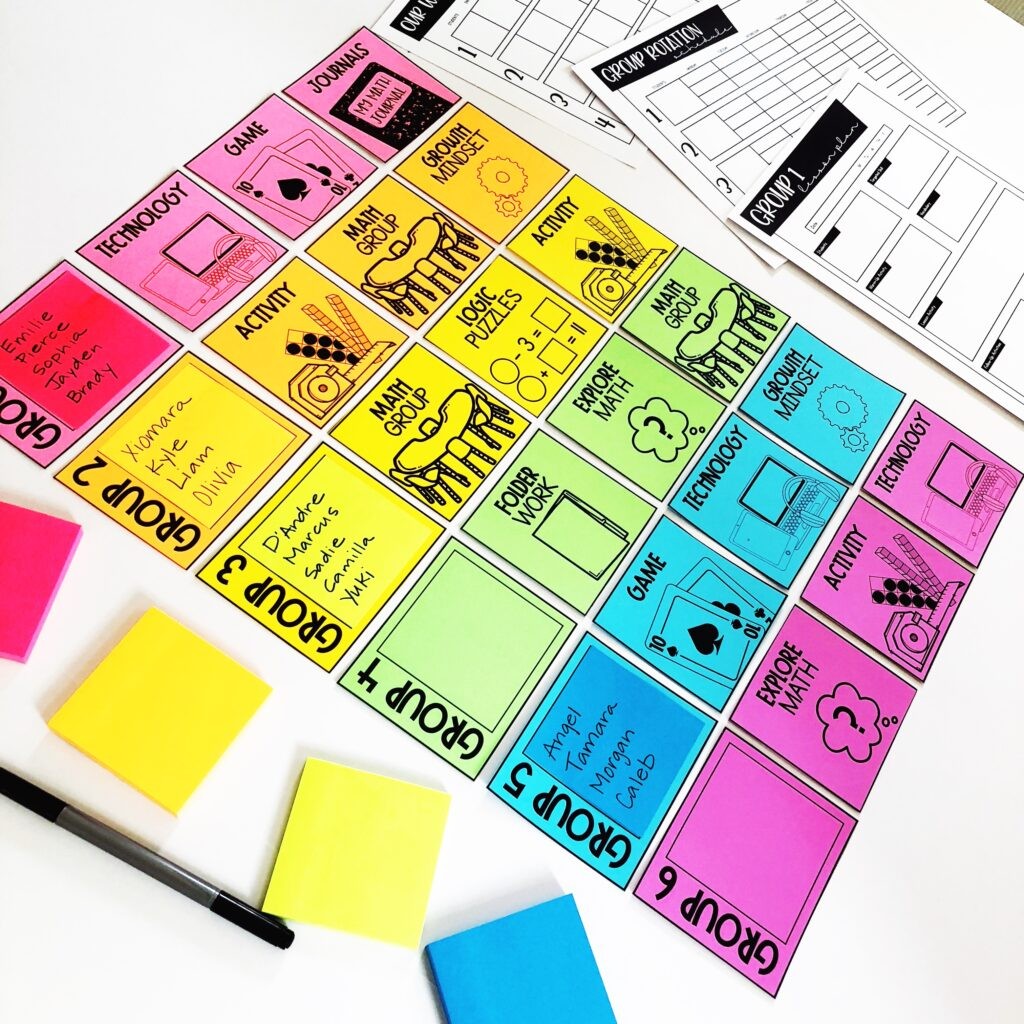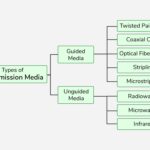You’re ready to implement guided math – excellent! But where do you begin? Mastering How To Do Guided Math effectively involves careful planning and execution. Many teachers feel overwhelmed by the prospect of managing small groups and rotational math centers simultaneously. However, with the right approach, guided math can significantly enhance student engagement, deepen their understanding, and improve overall learning outcomes.
Stick with it and trust that your prep, student engagement, and depth of learning will improve in ways you’ve never imagined! And, after years of using the guided math model across three different grade levels, I can confidently say: how you launch your guided math routine matters.
The key to a successful guided math launch lies in these three crucial tips. Implement these into your guided math routine for seamless centers and a simplified, more manageable math block. Let’s dive in!
Be Proactive: Slow Down to Speed Up
Starting a new routine can be exciting, however it can be tempting to jump in headfirst. When I first attempted to launch guided math, I made this mistake. Teachers are under pressure to cover a vast amount of material in a short period, which may lead to skipping ahead.
My primary advice for how to do guided math successfully is to go slow, to go fast. While this might seem counterintuitive when looking at your yearly pacing calendar, taking the time to focus on routines and classroom flow will ultimately help you cover MORE material in the long run.
Empowering students upfront will decrease curriculum-stalling behaviors and increase productivity. For instance, students who know where to find materials and where to seek help when stuck require less of your attention, allowing you more time to work with small groups with fewer interruptions.
Begin by creating an anchor chart of guided math expectations with your students. Discuss expectations for the guided math block as a whole group, emphasizing the importance of independent, partner, and group work. It’s crucial for students to understand that their choices impact both their own learning and that of their peers. This encourages ownership and increases motivation.
To achieve this, students need to know what independent math learning looks and sounds like. Discussing expectations provides a common reference point. Guidelines and agreements are added to the anchor chart as suggested by the students, with some suggestions being refined through reflection.
Here are some typical agreements students suggest:
A word to the wise: Students often suggest “No talking.” While silence has benefits, learning often involves conversation. Emphasize that discussions should be math-related and that real mathematicians problem-solve together when appropriate.
Model, Model, Model (Or, Practice, Practice, Practice)
“Practice makes all the difference.”
This is my motto for all classroom routines. It’s crucial to give students plenty of time to watch and practice expectations.
For me, this goes beyond just modeling new activities. It includes what it is like to be at a center, what it is like to engage in each activity (math journal, partner work, game, etc.), the process of organizing and finding materials (including cleaning up), and the feeling of staying focused on the task at hand. Successfully launching guided math requires carefully practicing these routines.
There’s a difference between demonstration and modeling. A demonstration is showing and telling instructions. Modeling requires both showing or describing how to do something and an immediate opportunity for students to try with support. You must model everything, scaffold everything, and practice everything multiple times before you can expect students to do it independently.
I begin modeling (demonstration + practice) immediately. The modeling begins before the anchor chart of expectations is complete. As we learn more about the routines and flow of a guided math session, we add to (or take away from) the anchor chart. [I’ll talk about the importance of reflection after practice below!]
Use Review Content for Modeling
When launching guided math, I begin with math content most students are already familiar with. Model activities and the daily guided math flow using review content that most students can do with ease. Never introduce new content along with a new routine. Intellectual confusion or frustration will slow the process of learning a habit or practice.
I also follow a predictable sequence to teach new routines (modeling + predicability = independence!):
- Teacher Demonstration
- Student Volunteer
- Whole Class practice
- Reflection
Start with a teacher demonstration with the whole class
I model everything as an entire group to start. While small groups are a staple of guided math (think: 3-5 kids per grouping), I keep things simple in the beginning. I start with the whole group. Introduce each new type of center/station one day at a time. As a class, we try to do activities and routines together.
Have Students Model
After a quick demonstration, I ask for volunteers to replicate what I did, modeling the instruction slowly and deliberately while the rest of the group observes. This gives students a second chance to see the routine and encourages them to notice what the volunteer students are doing.
Whole Class Practice
Following teacher and student modeling, it’s time for everyone to try. Whole-class practice provides an opportunity for every student to practice the routine with teacher scaffolding, reminders, and support.
Reflection
Reflection is crucial. It ingrains the routine as an intentional structure to be followed daily. Students will notice and follow the system more deliberately and independently in the future. Reflection also provides time for students to ask questions about the structure of guided math and allows you to explain the “why” behind each aspect of the routine.
Baby Steps: Gradually Release Responsibility
Guided math relies heavily on independence, so as you prepare to launch it, patience is key. Always emphasize baby steps. By gradually releasing responsibility, we set students up for (independent) success. I use the following steps (from most to least support):
- Whole Group Modeling + Practice
- Whole Group Centers
- Half Group Centers (with rotation)
- Small Groups
- Small Groups for Guided Math with new content introduced
Whole Group Modeling
Whole group modeling is the first baby step. We go through basic routines without introducing new mathematical content. We model and learn the basic practices of the different math centers they will encounter throughout the year.
Students become independent when they know where to find manipulatives, how to use them, and how to put them back. Always practice using manipulatives from taking them out to putting them away. This teaches students how to use and care for classroom materials and saves time at the end of each rotation!
Whole Group Centers
Next, we put it into practice! As a whole class, we engage in centers together, which includes transitioning from one activity to another and using and putting away manipulatives. It’s important to ease into the idea of rotations.
Half Group Centers
Once you’ve modeled and practiced guided math routines as a whole group, look for signs of independence and then begin to add on. I start by breaking the group into half groups. Two half groups are much more manageable as students get used to the idea that they will be doing one activity while another group will be doing something else.
One way to move this along: get them excited! With each day of practice, I preview the subsequent routines and hype them up. I might say, “You’ll get to go to these two centers today. The other one you will get to go to tomorrow.” That way, students know that there will be a shift into smaller groups, additional centers, and that they might not visit each center today.
Introducing New Content
But Jillian, when do I introduce new content? Short answer: when you notice independence. It might take a couple of weeks to get your guided math routine flowing – and that is OK! You might need to review and repractice parts of your math block structure – also totally OK! It is time for your new math content as soon as you notice that students can follow the routine of guided math without addition reminders and modeling. That is when your students will be ready to focus on new concepts and skills without worrying about the how-tos and where-to-gos.
Now it’s time to launch guided math in your classroom! These tips should help you get your math centers up and running with ease. You might even have your own tricks up your sleeve. If you do, please share!

